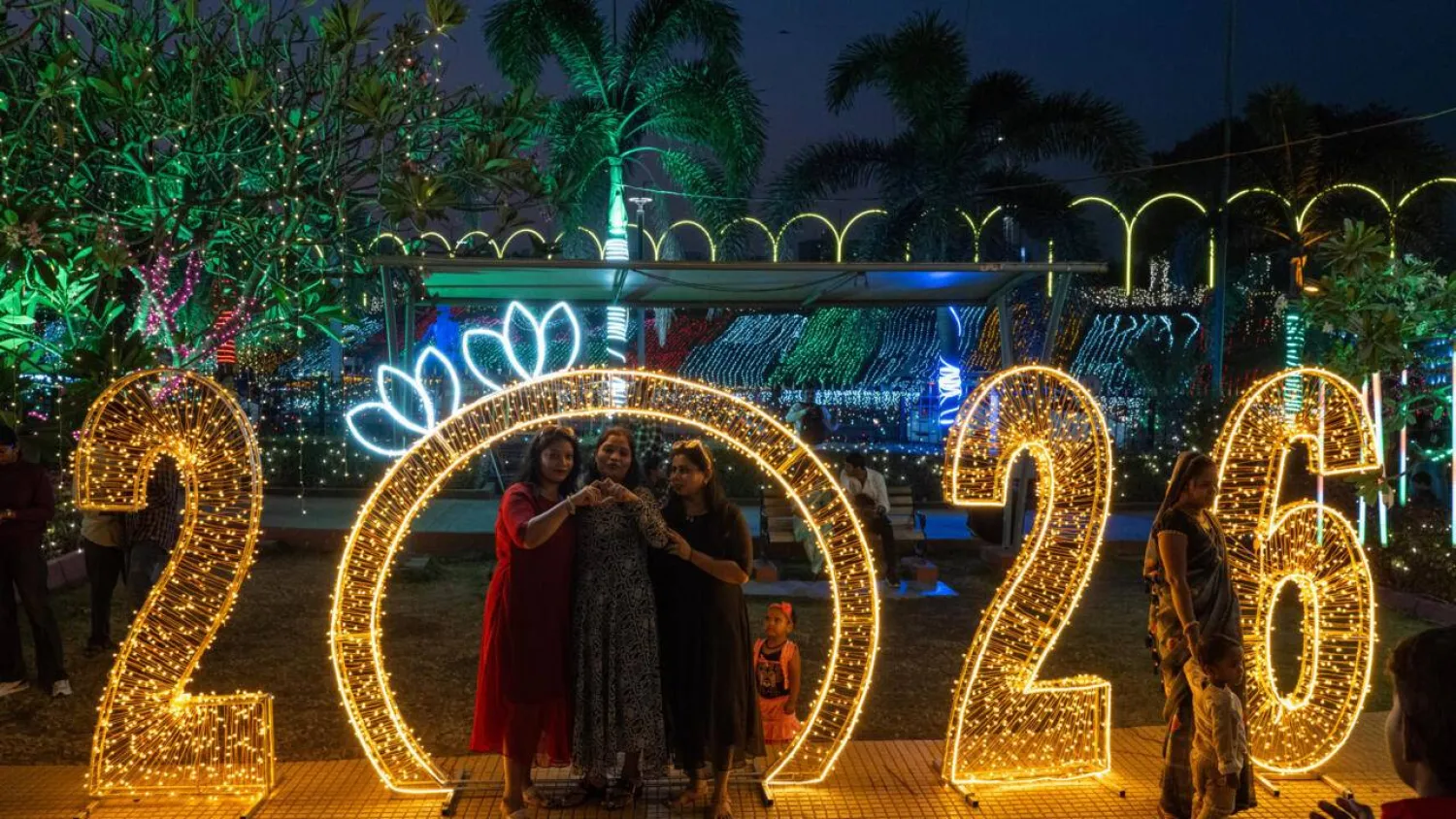Over a century ago, Saudi Arabia, with its dry desert climate, started desalinating water using the “Kandasa” machine on the shores of Jeddah. Today, it is the world's largest producer of desalinated water and holds nine Guinness World Records.
The “Kandasa,” named after the Latin word “Condenser,” used coal to condense and distill seawater into fresh water.
In 1926, due to a lack of fresh water for pilgrims arriving in Jeddah, King Abdulaziz Al Saud ordered two large desalination machines to meet water needs.
A major turning point came in 1974 with the creation of the Saline Water Conversion Corporation (now the Saudi Water Authority).
Today, Saudi Arabia operates 33 desalination plants, including eight on the Arabian Gulf and 25 on the Red Sea coast. These plants produce 5.6 million cubic meters of fresh water daily, supplying 70% of the country's desalinated water, making Saudi Arabia the world's largest producer.
In February, the Saline Water Conversion Corporation set nine Guinness World Records by producing over 11.5 million cubic meters of desalinated water daily.
Saudi Arabia is one of the world’s largest investors in water desalination, with major investments in desalination plants.
Mohammed Al Sheikh, from the Saudi Water Authority, spoke at COP16 in Riyadh, noting that Riyadh gets desalinated water through a 500-kilometer pipeline, part of an advanced water system built over four decades.
The government has allocated over $80 billion for water projects in the coming years.
Saudi Arabia is sharing its desalination expertise. In July 2024, it signed an agreement with the World Bank to help low-income countries adopt its successful water strategies, including better water management and cost-cutting techniques. The goal is to support countries in improving water efficiency and sustainability, in line with the UN’s goal for clean water and sanitation.
Al Sheikh also highlighted the kingdom’s shift to energy-efficient desalination technologies.
Saudi Arabia has moved from thermal methods to reverse osmosis, cutting energy use by up to 80%. The country aims to produce 83% of its desalinated water using reverse osmosis, a key step toward sustainability. This technology is widely used for drinking water, wastewater treatment, and industrial applications.









